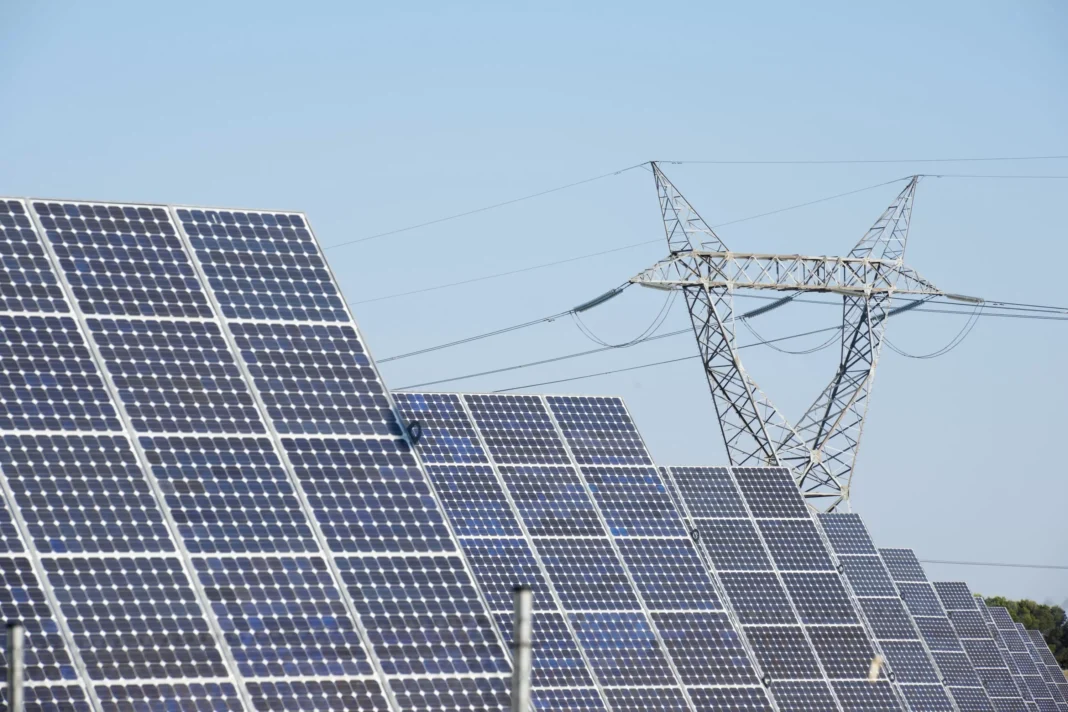Renewable energy sources have been gaining momentum in recent years as the world becomes more aware of the negative impact of traditional energy sources on the environment. In the United States, solar and wind energy have emerged as the leading sources of renewable energy, with a combined contribution of nearly a quarter of electricity demand and 10% of all energy consumption. This is a significant milestone in the country’s journey towards a cleaner and more sustainable future.
According to a report by TechCrunch, a leading technology news and analysis website, solar and wind energy have made remarkable progress in the past few years. In 2014, these two sources accounted for only 6% of electricity demand and 3% of all energy consumption. Fast forward to 2024, and we see a significant increase in their contribution, with solar and wind now representing nearly a quarter of electricity demand and 10% of all energy consumption in the U.S.
This growth can be attributed to several factors, including advancements in technology, government policies, and increased public awareness. The cost of solar and wind energy has significantly decreased in recent years, making it more affordable for both individuals and businesses. This has led to a surge in installations of solar panels and wind turbines across the country, contributing to the increase in their overall share of energy consumption.
Moreover, the government has also played a crucial role in promoting the use of renewable energy sources. In 2015, the U.S. Environmental Protection Agency (EPA) introduced the Clean Power Plan, which aimed to reduce carbon emissions from power plants and encourage the use of renewable energy. This policy has been a driving force behind the growth of solar and wind energy in the country.
Another significant factor is the increasing public awareness and concern for the environment. People are now more conscious of their carbon footprint and are actively seeking ways to reduce it. This has led to a shift towards cleaner and more sustainable energy sources like solar and wind. The younger generation, in particular, is more environmentally conscious and is pushing for a greener future.
The rise of solar and wind energy has also created numerous job opportunities in the renewable energy sector. According to the U.S. Department of Energy, the solar industry alone employed over 250,000 people in 2019, and this number is expected to continue to grow in the coming years. This not only benefits the economy but also provides a promising career path for individuals interested in the renewable energy field.
The impact of solar and wind energy goes beyond just reducing carbon emissions. These sources also offer numerous benefits to the environment and society. Solar panels and wind turbines do not produce any air or water pollution, making them a cleaner alternative to traditional energy sources. They also do not require water for their operation, which is a significant advantage in areas facing water scarcity.
Furthermore, the use of renewable energy sources reduces our dependence on fossil fuels, which are finite resources. This helps to diversify our energy mix and make it more resilient to price fluctuations. It also reduces our reliance on foreign energy sources, promoting energy independence.
The future looks bright for solar and wind energy in the U.S. With advancements in technology and government support, these sources are expected to continue their upward trend and play an even more significant role in meeting the country’s energy needs. According to the U.S. Energy Information Administration, renewable energy is projected to be the fastest-growing source of electricity generation in the next few years, with solar and wind leading the way.
In conclusion, the increasing use of solar and wind energy in the U.S. is a positive sign for the country’s energy future. It not only helps to reduce carbon emissions and combat climate change but also brings numerous economic and social benefits. As individuals, we can also contribute to this shift towards renewable energy by adopting sustainable practices and supporting policies that promote its use. Let us all work together towards a cleaner and more sustainable future for generations to come.


